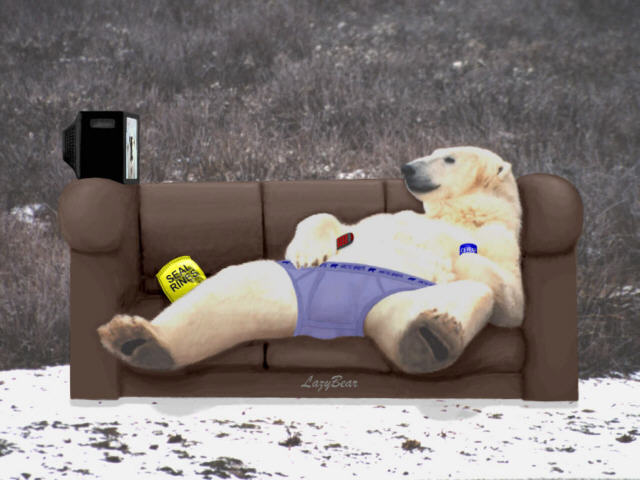Despite what our eyes tell us, a polar bear's fur is not white. Each hair shaft is pigment-free and transparent with a hollow core.
Polar bears look white because the hollow core scatters and reflects visible light, much like ice and snow does.
When photographed with film sensitive to ultraviolet light, polar bears appear black.
Early speculation over this discrepancy produced a theory, now widely repeated as fact, that polar bear hair acts like a fiber optic guide to conduct ultraviolet light to the skin.
In 1998, Daniel W. Koon, a physicist at St. Lawrence University in Canton, New York, decided to actually test whether or not polar bear hair could efficiently conduct ultraviolet light.
Koon and a graduate assistant, Reid Hutchins, obtained polar bear hair from the Seneca Park Zoo in Rochester. Their experiments showed that a one-fifth inch strand of polar bear hair was able to conduct less than a thousandth of a percent of the applied ultraviolet light. With such a high loss rate, meaningful amounts of ultraviolet light cannot be reaching a polar bear's skin.
Instead, Koon believes the ultraviolet light is absorbed by the keratin making up the hair.

























